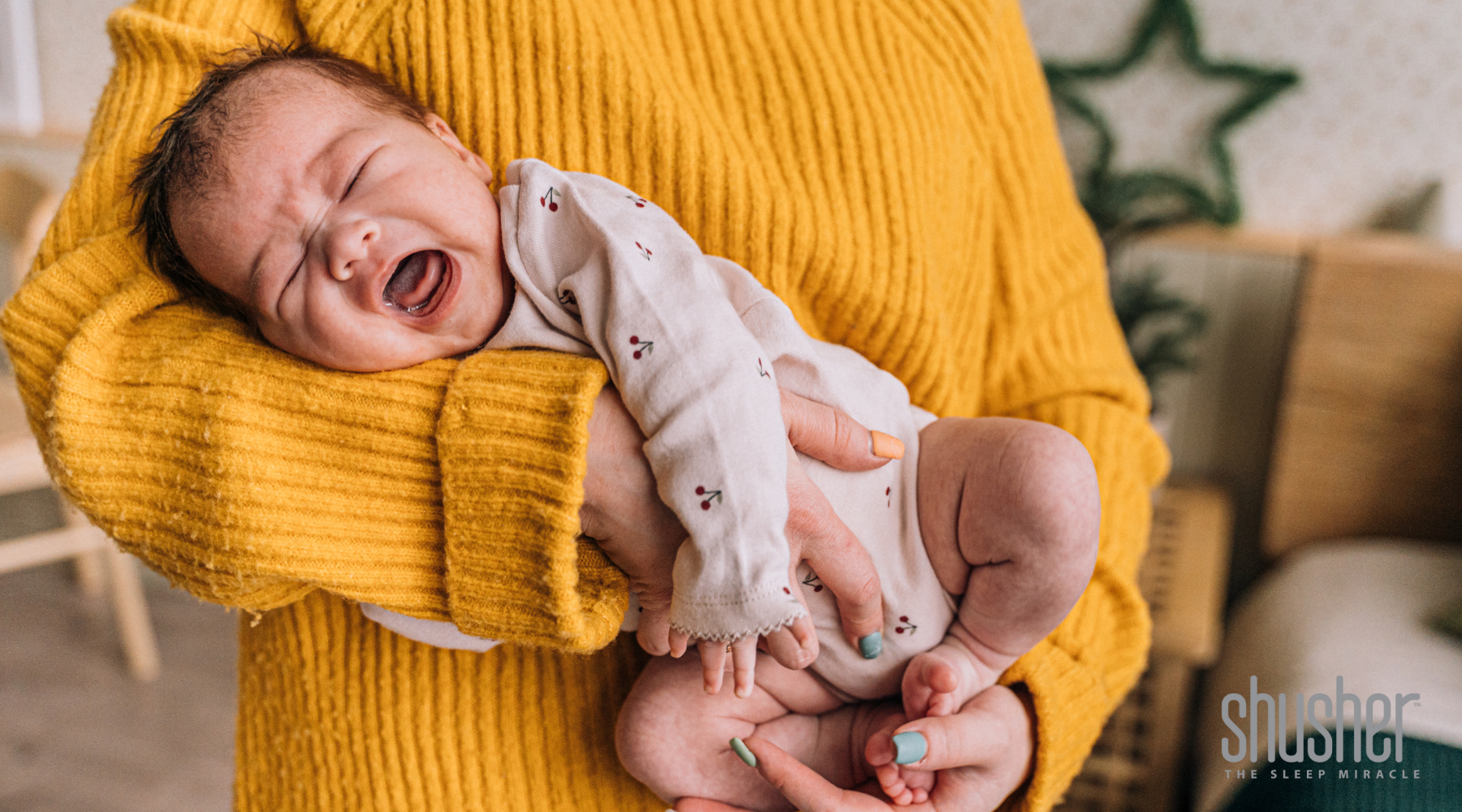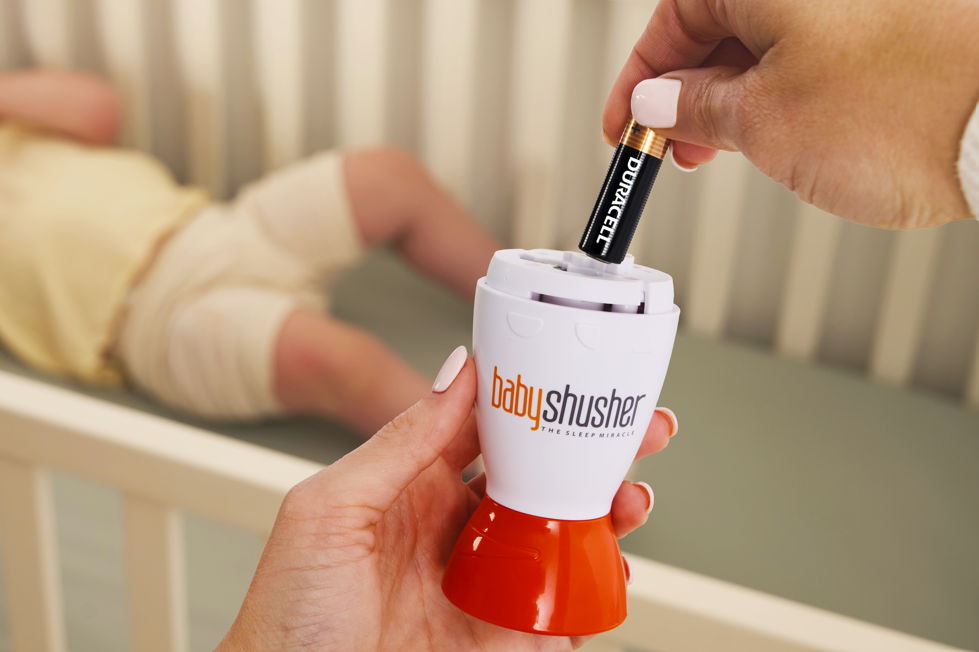We’ve all been there: your baby is this close to drifting off, and then—poof! Wide awake again. You've checked all the usual suspects—diaper, feeding, rocking, shushing—but what about the less obvious factors? Sometimes it’s not about how much you’ve tried to soothe your little one, but about what’s happening around them.
Here are five unexpected baby sleep factors that could be sabotaging those peaceful nights (and naps!)—and some easy solutions to get those Zzz’s back on track.
1. Room Temperature: Too Hot or Too Cold
Babies are like Goldilocks—they need things to be just right. If the room is too hot, your baby might feel uncomfortable and sweaty. Too cold? They might be squirming and waking up from the chill. The ideal temperature for baby sleep is between 68–72°F, which might feel a little cooler than you expect.
The Fix: Grab yourself a room thermometer if you're not sure where your thermostat stands. Once you’ve dialed in the temperature, make sure your baby’s dressed appropriately for the season.
2. Humidity: Dry Air = Dry Noses
This one sneaks up on you, especially during winter when heaters suck the moisture out of the air. Dry air can cause your baby to have congestion or a dry throat, making it harder for them to stay asleep.
The Fix: Humidifiers can be your secret weapon here. Keep the air moist enough for easy breathing, but not so much that your nursery feels like a rainforest. Pair that humidifier with a gentle Shusher sound, and you’ve got a double-whammy for soothing sleep vibes.
3. Overly Stimulating Bedding or Sleepwear
Yes, that adorable outfit covered in stars might look cute for Instagram, but some fabrics can irritate sensitive baby skin or overheat your little one. Even the mattress itself can make a difference—too soft, too hard, too lumpy, and it can throw off the whole night.
The Fix: Stick to breathable, soft, and gentle fabrics like cotton or bamboo for both sleepwear and sheets. And while we’re on the subject of sleep accessories, make sure your mattress is firm and supportive. No one’s asking you to sleep on a cloud here—babies need that extra firmness for safety and comfort.
4. Noise Pollution: The Not-So-Quiet Household
Sure, you've already got your trusty Baby Shusher playing that rhythmic shush to calm your baby, but what about the other noises—dogs barking, TV blaring, or a neighbor mowing the lawn at the worst possible time?
The Fix: Create a consistent sound environment. A sound machine can help mask those unpredictable sounds. Whether you’re dealing with a noisy household or thin walls, a bit of rhythmic noise can be the perfect backdrop to a baby’s snooze-fest.
5. Light Exposure: Not Just for Daytime
We all know babies should get sunlight during the day to help regulate their circadian rhythms. But did you know that even the type of nightlight you use can mess with their melatonin production? Too much bright or blue-toned light during bedtime can keep your baby alert instead of sleepy.
The Fix: Stick to soft, warm, amber-toned lights at night. The Baby Shusher Firefly’s sunset nightlight is designed with this in mind—just the right amount of glow to check on your baby without disrupting their sleep hormones.
The Bottom Line
Sometimes, the solution to your baby’s sleep struggles isn’t a new lullaby or an extra feeding—it’s addressing the small, unexpected factors in their environment. Temperature, humidity, bedding, noise, and lighting are all sneaky culprits that can make or break a good night’s rest.
The good news? These are all easy to fix! With a few adjustments and the right tools, you’ll be back to peaceful, uninterrupted sleep in no time.

